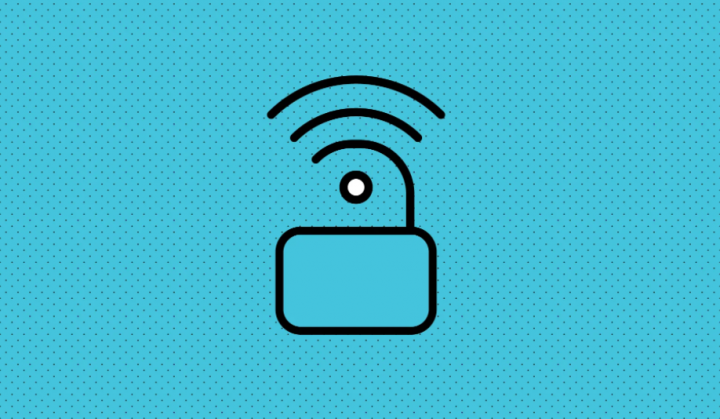
Walk into any coffee shop during the week and you guys will see patrons typing away on laptops at most of the tables as well. A lot of business people, students, and entrepreneurs treat these locations just like a second office. Staff in those coffee shops will also tell you, “What’s your WiFi password?” is actually one of the most common questions they actually get throughout the day. Hotel staff mostly share the same experience. In this article, we are going to talk about What is Public network and How is it Dangerous. Let’s begin!
Most of the users working on public WiFi have a lot of important, and also possibly sensitive information on their devices. Some of which could cause serious harm if a hacker gets a hold of it actually. Unfortunately, the majority of public WiFi users likely don’t even realize the threats they face.
Contents [hide]
Public Network
In really simple terms, a public network is a network, wireless or wired, that computers and devices you just don’t trust are connected to. The term has been around for a while, however, Windows users are more familiar along with it. In Windows 7, whenever you guys connect to a network, then it asks you if it’s a public network or a home network. The distinction that the OS draws between the two is actually that on a public network, you guys can’t trust all the many other computers on it.
With this definition, public WiFi that forms a public wireless network isn’t safe. This also means a LAN at your university isn’t even safe either even though it’s restricted to on-campus use as well. The same holds true for the free WiFi you use at airports and also bus terminals. The free WiFi you use at your favorite coffee shop falls into this same category as well.
A private network, or as some might call it a ‘home’ network is basically one where you know each and every single computer and device that’s on it as well. The WiFi network at your home basically creates a private wireless network. Just like that, the WiFi network or the LAN at your workplace also creates a private network as well.
File Sharing Over Public Networks
Generally speaking, both Windows and macOS do not permit systems order to share files over public networks. macOS also has a feature called AirDrop that also lets you share files along with anyone regardless if you are on a public or private network. However, you have to enable that specific mode of sharing. By default, AirDrop on macOS restricts file sharing to your trusted contacts as well.
The Windows 10 Spring Update is expected to add just the same feature called Nearby Sharing. It too will let you share files along with anyone on the same network. But, it has safety features that avoid unknown systems from sending you files.
Well, file sharing over a public network is generally considered dangerous not just because the files can be malicious. But also because your system is somewhat open and more accessible whenever it is visible on the network to everyone else too. If you guys want to share files over a public network, it’s best to use cloud drives rather than sending files over the network itself or to use a secure sharing method such as AirDrop on macOS.
Staying Safe | Public Network
There are also a few basic things you ought to do in order to keep yourself reasonably safe on a public network.
Use a VPN
A virtual private network (VPN) connection is actually a must whenever connecting to your business via an unsecured connection, such as a Wi-Fi hotspot. Even if a hacker manages to position himself in the middle of your connection, then the data here will be strongly encrypted. Because most hackers are after an easy target, and they’ll likely discard stolen information instead of putting it through a lengthy decryption process.
Turn off Sharing & Discovery
In order to stay safe on a public network, then you should first and foremost. Turn off sharing over the network. On Windows 10, you can also do this from the Settings app under Network & Internet>Status. There you guys will find a lot of network settings that you can manage, also including one for Sharing.
Updated Browsers & Safe Browsing
A threat over a public network mostly comes from other systems and devices. However, it can also come from accessing unsafe websites or from using an outdated browser as well. Make sure your browser is also up to date so that it can give you basic protection and stick to visiting reliable websites that use HTTPS as well.
Conclusion
Alright, That was all Folks! I hope you guys like this article and also find it helpful to you. Give us your feedback on it. Also if you guys have further queries and issues related to this article. Then let us know in the comments section below. We will get back to you shortly.
Have a Great Day!






